Exploring the Enigmatic World of Kimono Culture in Japan: Uncovering Three Hidden Gems
Japan, a country renowned for its rich cultural heritage, has always been synonymous with the elegant and timeless artistry of the kimono. While most people are familiar with the basic concept of this traditional garment, there are several lesser-known aspects that add depth and intrigue to the world of kimono culture. In this article, we will delve into three unique facets that are not widely known, shedding light on the enchanting intricacies of this ancient Japanese tradition.
1. Kimono Symbolism: The Hidden Language of Patterns and Colors
Haori jacket. It sometimes has a great artwork "inside". Not to show is also one sense of beauty/fashion in Kimono Source: salz kimono
Beyond its captivating visual appeal, the kimono boasts a secret language embedded within its intricate designs and hues. Each pattern and color carries a specific meaning, allowing wearers to convey subtle messages and sentiments. For instance, cranes, symbolizing longevity and good fortune, are a popular motif. Cherry blossoms represent the ephemeral nature of life, while waves symbolize strength and resilience. Colors, too, have significance; red signifies passion and vitality, while blue conveys calmness and tranquility. Understanding this symbolic language unveils a whole new layer of meaning behind the seemingly ornate patterns of the kimono, showcasing the depth of Japanese culture and traditions.
2. Kimono Craftspeople: Masters of an Ancient Art
While many people appreciate the beauty of a well-crafted kimono, few realize the painstaking craftsmanship and dedication that go into creating these masterpieces. Behind the scenes, there are skilled artisans who devote their lives to perfecting the art of kimono-making. From weaving the fabric to hand-painting delicate designs, these craftsmen and craftswomen are custodians of centuries-old techniques. Some families have been passing down this artistry through generations, ensuring that the essence of traditional kimono-making is preserved. By understanding the meticulous craftsmanship involved, one can truly appreciate the kimono as a work of art and a testament to the enduring spirit of Japanese artisans.
3. Modern Kimono Revival: Fusing Tradition with Contemporary Fashion
In recent years, there has been a resurgence of interest in traditional Japanese culture, leading to a modern kimono revival. Designers and enthusiasts alike are exploring innovative ways to incorporate kimono elements into contemporary fashion. This fusion of tradition and modernity has given rise to a diverse range of kimono-inspired creations, from chic dresses and accessories to avant-garde designs showcased on international runways. This trend not only breathes new life into the world of kimono but also serves as a testament to its timeless appeal and adaptability. By embracing this modern kimono movement, Japan continues to bridge the gap between its cultural heritage and the evolving global fashion landscape.
4. Kimono Stitches: The Art of Secrecy and Personalization
Traditionally, kimono artisans use a specific type of stitch known as the 'Ishō-zashi' or 'kimono stitch.' What makes this stitch unique is not just its strength and durability but also the art of concealing knots. Unlike Western garments, where stitches are visible, kimono stitches are hidden within layers of fabric, making them almost invisible. This meticulous technique not only enhances the garment's elegance but also reflects the Japanese value of modesty and the art of concealing one's emotions. Additionally, the way these stitches are placed can signify the wearer's status or the formality of the occasion, showcasing the intricate thought process that goes into creating a kimono.
5. Kimono Belt - Obi: A Symbol of Tradition and Transition
The obi, the wide belt worn with a kimono, is not just a practical accessory but also a symbol of tradition and transition in Japanese culture. Tied at the back, the obi is an essential element that completes the kimono ensemble. Interestingly, the way the obi is tied can convey various messages. For instance, a flat, wide knot represents a more mature and married woman, while a decorative and elaborate knot signifies youth and celebration. Moreover, the obi plays a pivotal role in the transition of life stages. In ceremonies such as Shichi-Go-San (a celebration of growth for children), girls wear a wide, decorative obi for the first time, signifying their transition into womanhood.

6. Kimono and Changing Seasons: The Language of Textiles
Kimono fabrics are intricately designed to reflect the changing seasons, a tradition deeply rooted in Japan's appreciation for nature. Known as 'kisetsu no iro (季節の色),' meaning 'colors of the seasons,' these patterns and motifs are meticulously chosen to harmonize with the natural environment. For example, cherry blossoms and light pastels represent spring, while rich, warm hues signify autumn. In this way, wearing a kimono becomes a form of expressing gratitude for the beauty of nature. Moreover, these seasonal changes in kimono designs are not just aesthetically pleasing but also serve as a way for wearers to stay connected with the ever-changing world around them, embodying the timeless Japanese philosophy of harmony with nature.
In conclusion, the world of kimono culture in Japan is a captivating tapestry woven with symbolism, craftsmanship, and innovation. By uncovering these hidden gems, we gain a deeper understanding of the cultural significance and artistic brilliance that define the kimono. As we continue to explore and celebrate these lesser-known aspects, we not only honor Japan’s rich heritage but also pave the way for a future where the legacy of the kimono lives on, inspiring generations to come.
More articles for you to enjoy:
Have you heard of "Shark islands" and want to know how to get there, please click here!
Onegai Kaeru wants you to enjoy Japan trip.
If you are looking for more traveler"s info and can not find one, please let us know. We will try to help you with Japan Traveler Help Service (we work on hourly charge to arrange, book, find info you need). Feel free to contact us!
Onegai Kaeru, a group of passionate travelers, bring happiness to the world with its shopping support service and original super cute items!
Source: Wikipedia
Disclaimer: Even though we try to make the info as updated and accurate but the accuracy of the information herein is not guaranteed by us. If you have any uncertainty, please contact the information source.

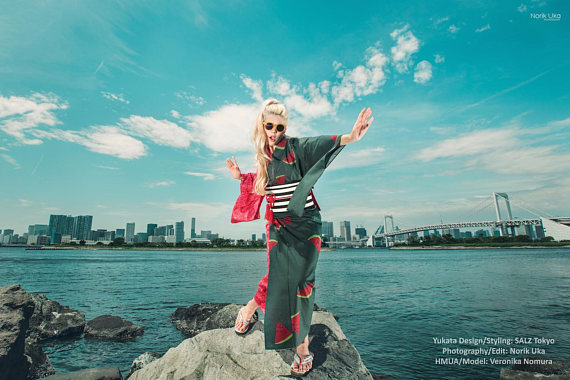

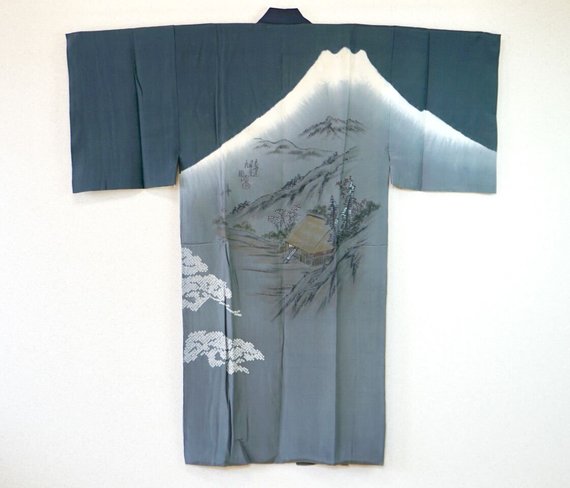

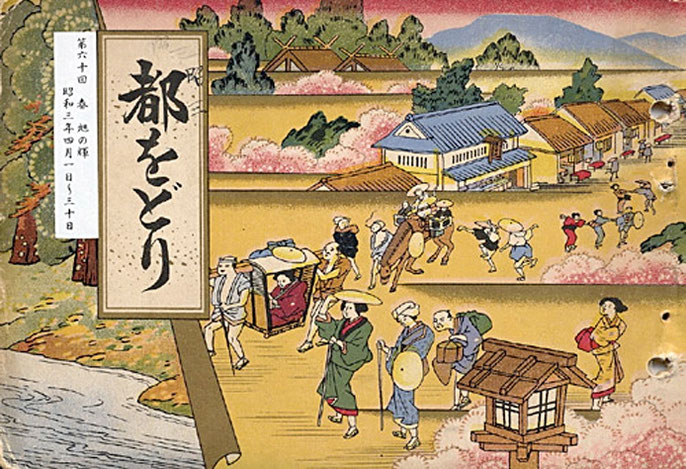




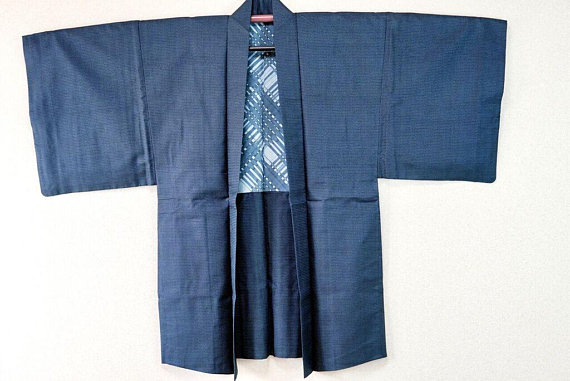
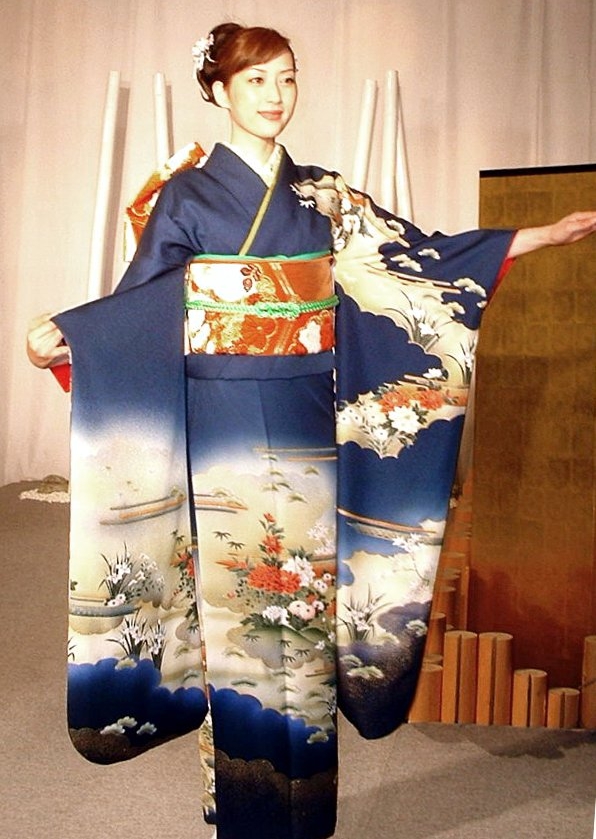

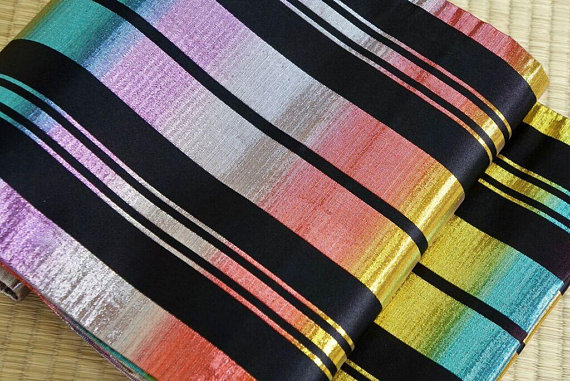
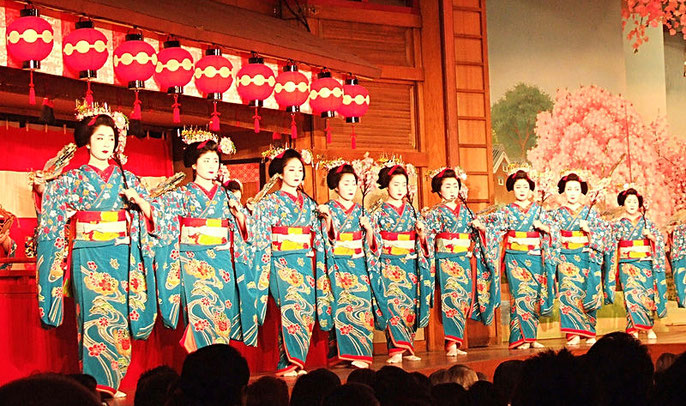
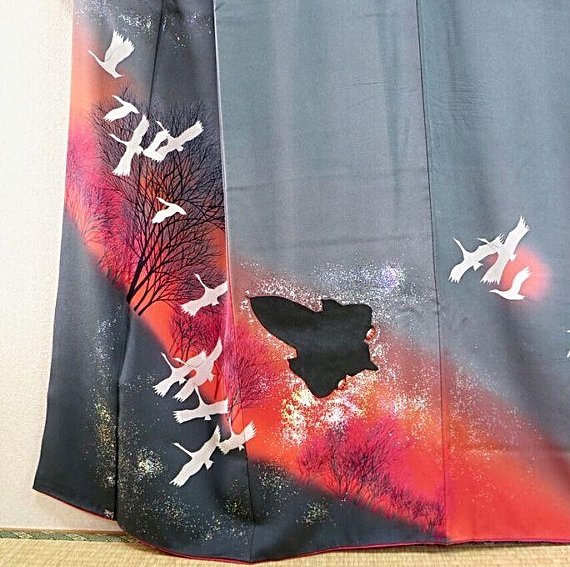
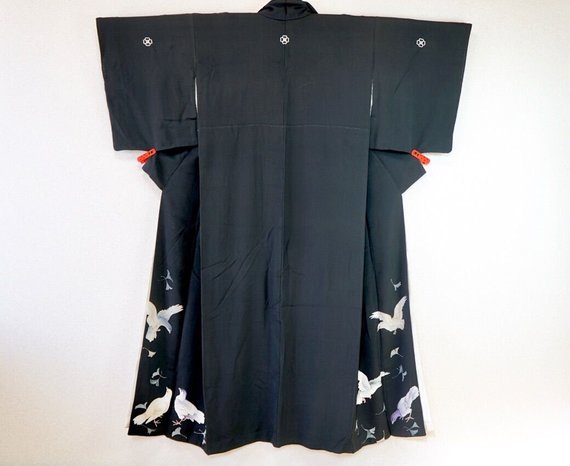
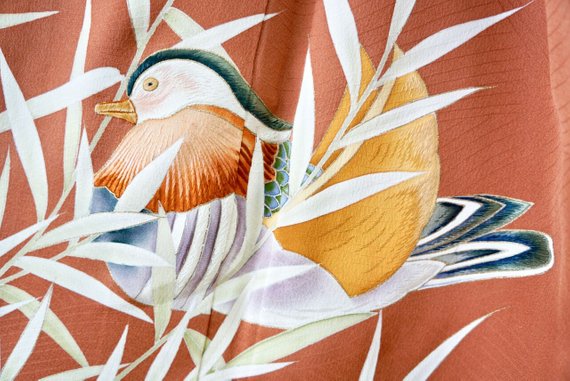
Write a comment